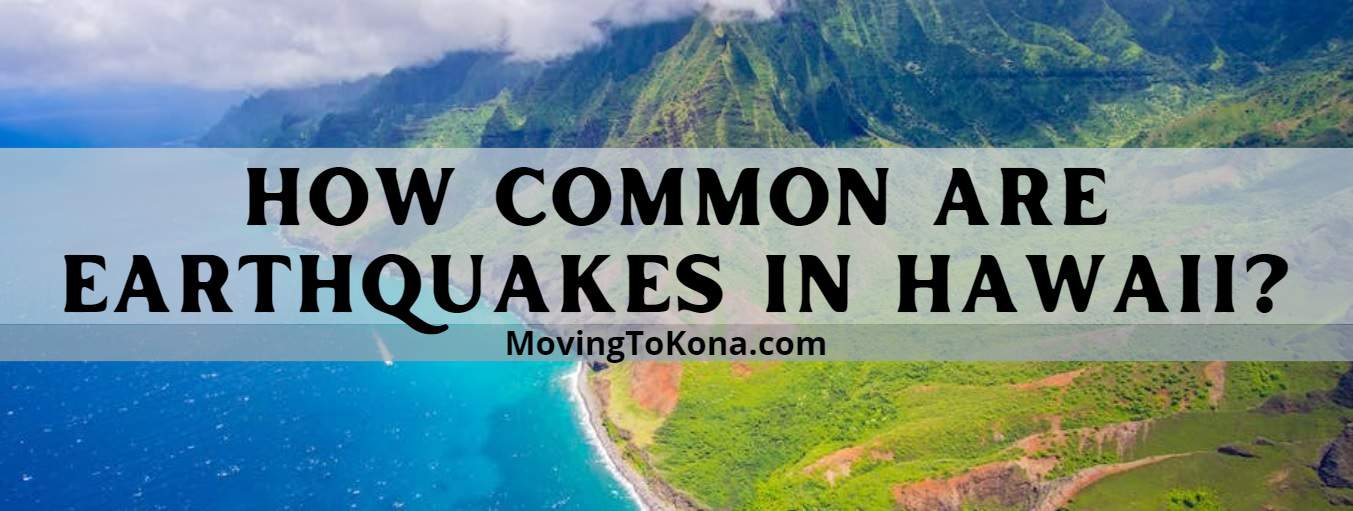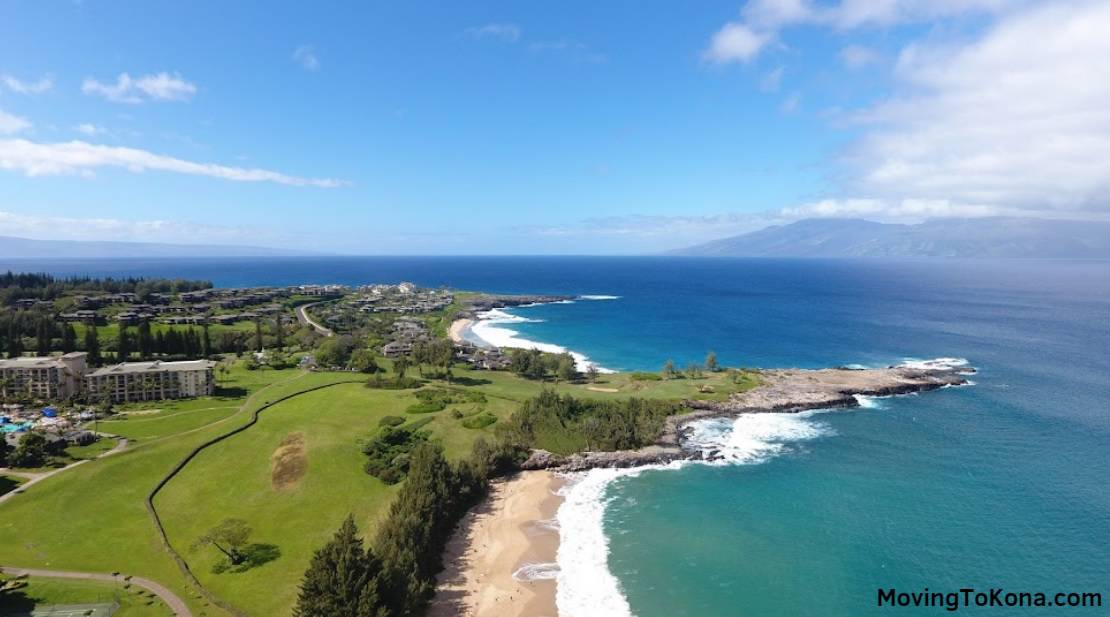How Common are Earthquakes in Hawaii?

How Often do Earthquakes Happen in Hawaii?
Earthquakes occur almost daily in Hawaii, with an average of thousands of earthquakes per year. Most of these earthquakes are too small to be felt and have a low magnitude of three or less. On average, a magnitude greater than three is seen roughly every three and a half days. However, the intensity of an earthquake can differ from its magnitude, so it is possible for a magnitude three earthquake not to be felt. Factors such as the distance from the quake and the type of soil can also affect how likely an earthquake is to be felt.
When a higher magnitude earthquake occurs, it can cause damage to buildings, tsunamis, and rock fractures. In addition, earthquakes in the area are caused by volcanic activity and the movement of magma. The seismicity map of Hawaii shows that earthquakes most frequently occur near Hawaii Island, due to recent and active eruptions.

Largest Historical Earthquakes in Hawaii
Below is a list of the most powerful earthquakes to have hit Hawaii in history:
- 1975 Kalapana earthquake – 7.7 magnitude
- 2018 Kilauea earthquake – 6.9 magnitude
- 1999 Hawaii earthquake – 6.9 magnitude
- 2006 Kiholo Bay earthquake – 6.7 magnitude
- 1960 Hawaii earthquake – 6.7 magnitude
- 2018 Kilauea earthquake – 6.6 magnitude
- 2018 Kilauea earthquake – 6.5 magnitude
- 1983 Hawaii earthquake – 6.3 magnitude
- 2011 Hawaii earthquake – 6.2 magnitude
What to Do if You Feel an Earthquake in Hawaii?
If you are in Hawaii and feel an earthquake, take these steps immediately to protect yourself and your family:
- Take cover under a sturdy table or desk.
- Stop any moving objects from flying around or falling on you.
- Protect your head with your arms or sturdy furniture.
- Stay away from windows, doors, and walls.
- Breathe deeply and slowly.
- If you are driving, pull over to safety.
- If you are in a building, stay inside.
- Wait until it is safe to move.
More Earthquake Safety Tips
Here are some additional earthquake safety tips:
- Recognize the Signs: Listen for rumbling sounds or a violent jolt before the shaking starts.
- Find a Safe Spot: Get away from walls and find a sturdy table or bed to take shelter under, with a pillow over your head.
- Avoid Danger Zones: Stay away from rocks or steep cliffs, as these are susceptible to landslides, and stay away from beaches.
- Prepare an Emergency Kit: Include first-aid supplies, device chargers, and cash (small bills) in case of a power outage.
- Plan a Meet-up Location: If you get separated from your loved ones, have a predetermined spot to meet up and regroup.
- Evacuate if Necessary: If a Tsunami Warning is issued, leave the evacuation zone as soon as possible. If you can’t leave quickly, find a building that is 10 stories or taller and move to the fourth floor or higher.
- Know Your School’s Evacuation Plan: Make sure you’re familiar with your child’s school tsunami evacuation plan.
In Hawaii, it is essential to evacuate the beach immediately after an earthquake if there are any natural warning signs of an impending tsunami such as fast-rising flood water or a roar coming from the sea. Do not wait for official guidance, as a local tsunami may arrive within minutes and have minimal warning time. It is essential to stay informed and check local radio/TV stations and official social media channels for updates and potential evacuation instructions. It may be unsafe to return to coastal areas for hours or days, so it is important to wait for official messaging that the area is safe and re-entry is allowed before returning.
